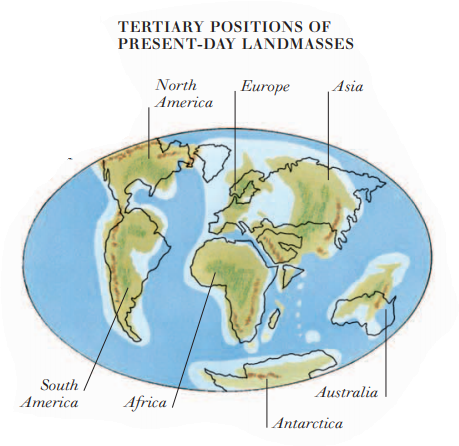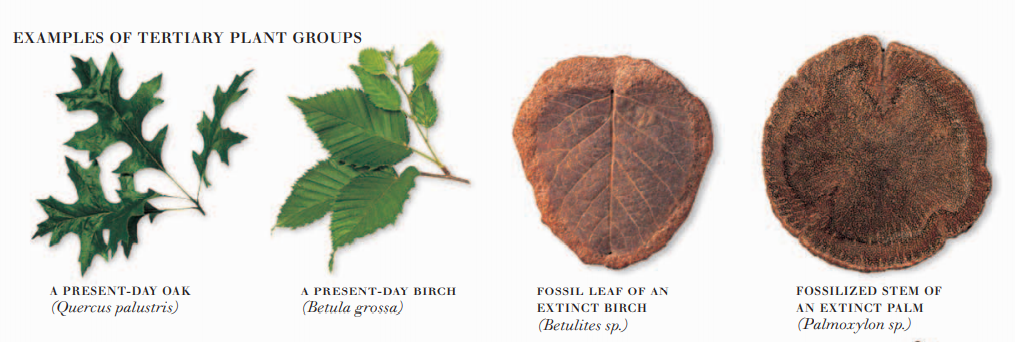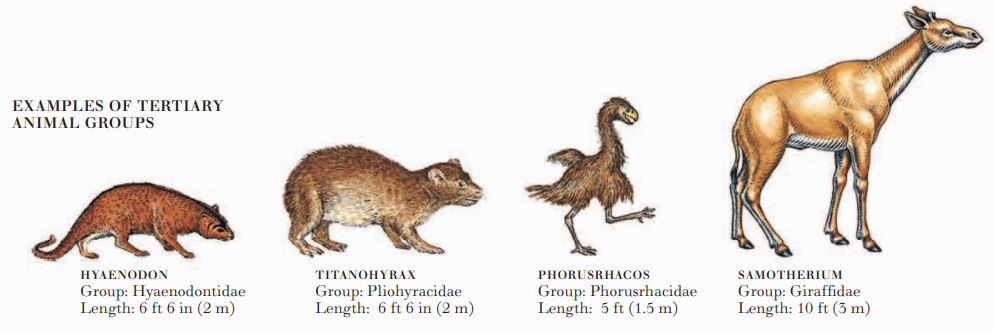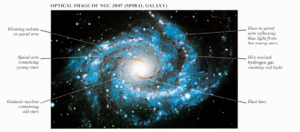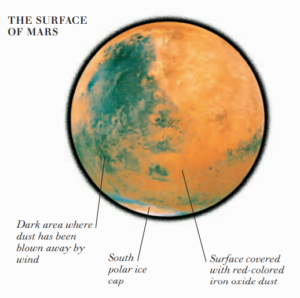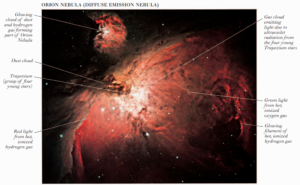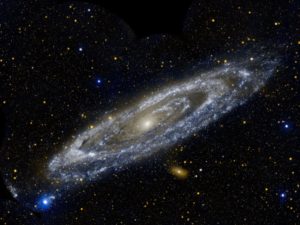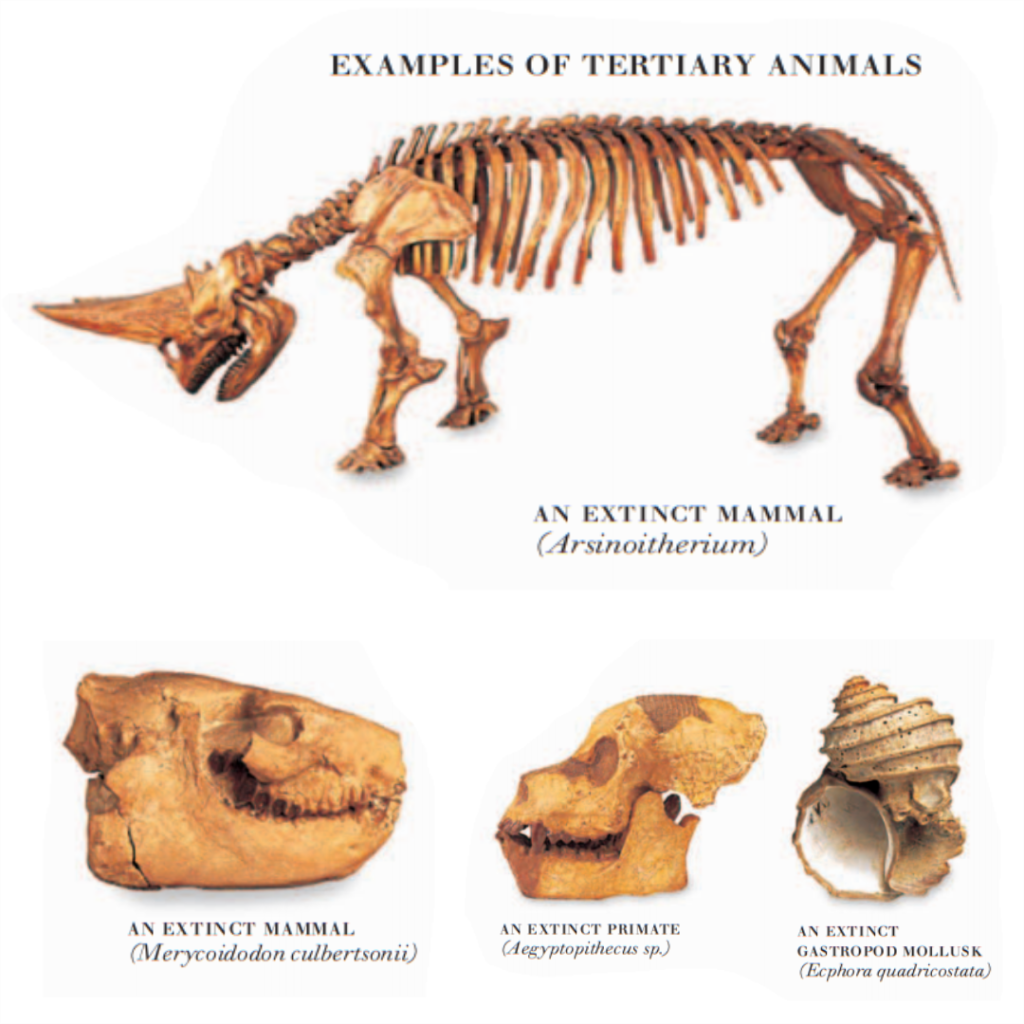
FOLLOWING THE DEMISE OF THE DINOSAURS at the end of the Cretaceous period, the Tertiary period (65–1.6 million years ago), which formed the first part of the Cenozoic era (65 million years ago–present), was characterized by a huge expansion of mammal life. Placental mammals nourish and maintain the young in the mother’s uterus; only a few groups of placental mammals existed during Cretaceous times, compared with a few dozen during the Tertiary period. One of these included the first hominid, Ardipithecus, which appeared in Africa. By the beginning of the Tertiary period, the continents had almost reached their present position. The Tethys Sea, which had separated the northern continents from Africa and India, began to close up, forming the Mediterranean Sea and allowing the migration of terrestrial animals between Africa and western Europe. India’s collision with Asia led to the formation of the Himalayas. During the middle part of the Tertiary period, the forest-dwelling and browsing mammals were replaced by mammals such as the horses, better suited to grazing the open savannahs that began to dominate. Repeated cool periods throughout the Tertiary period established the Antarctic as an icy island continent.
